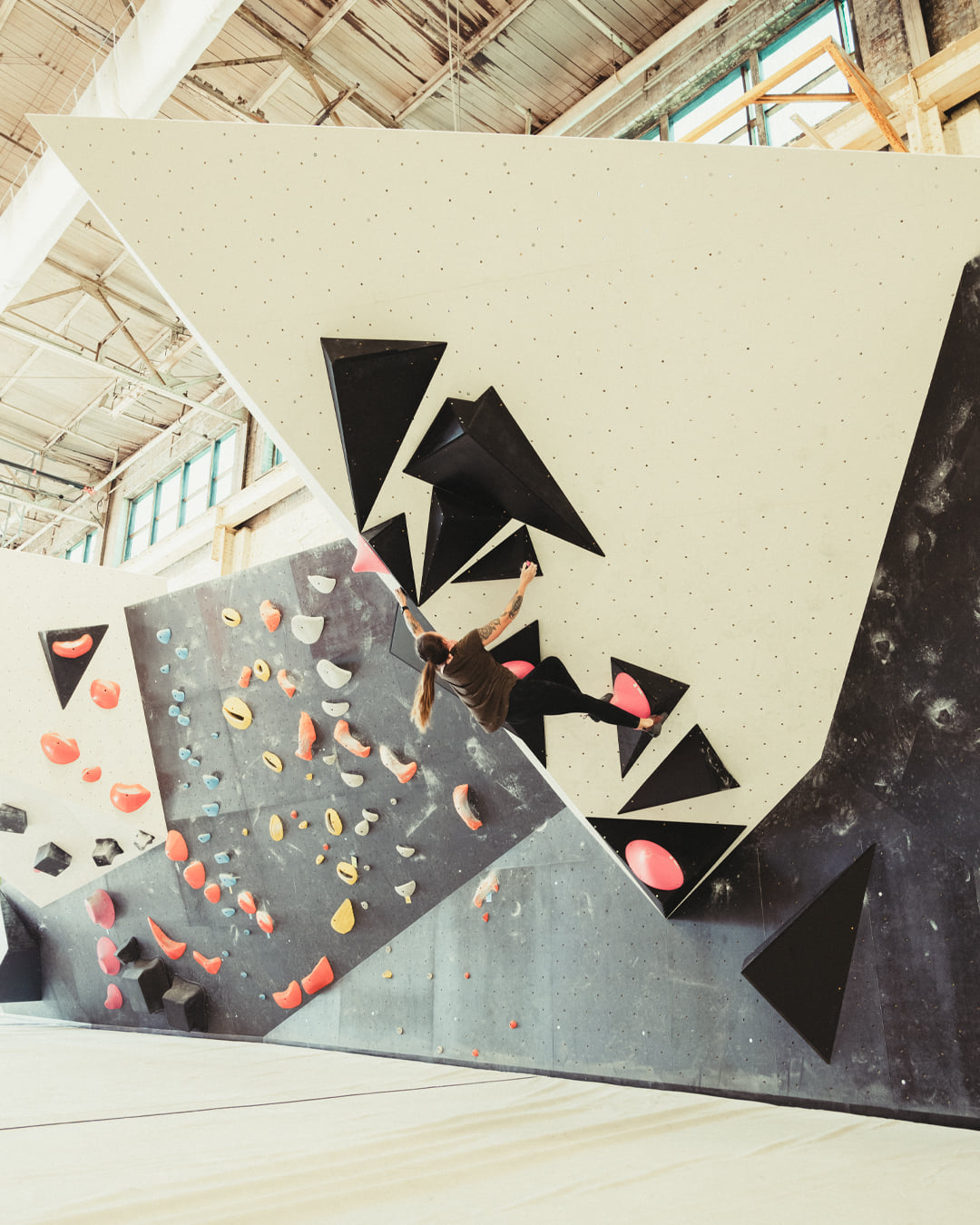
11 Bouldering Tips for Beginners
Bouldering is an exhilarating experience that can be enjoyed by anyone. If you are trying it out for the first time and feel intimidated and clueless about what to expect, the following bouldering tips can improve your confidence.

1. Research Your Climbing Gym Before You Go
Your first bouldering experience does not have to be overwhelming upon entering the gym. Prepare yourself by scoping out your desired climbing facility. Figure out what amenities they offer so you know what is necessary to bring with you. Some gyms offer all the bells and whistles down to the tiniest details like lockers, shoe rentals, in-house cafes, and bonus training areas. Knowing what to expect before you go will make you even more confident to start your climb. If you are intimidated by experienced climbers, try to discover the traffic trends at your gym. Avoiding the busier times grants you the freedom to explore the climbing arena at your own pace.

2. Always Safety First
Because bouldering can be a potentially high-risk sport, it is important to proceed safely to be successful. You may be raring to get to the top of that incline, but take time to warm your body before beginning to climb. Be patient. It may take up to an hour to be truly ready to start. A sound warm-up routine should include cardio to get your blood pumping, ample stretching to limber up your body, and some easy climb circuits to familiarize yourself with basic movements before you really get into serious bouldering.
When you get to the top of your incline, jumping off the wall is very tempting. Try to avoid it, even if your gym has the softest mats in the entire world. Jumping from the top can easily increase your risk for a back or leg injury. Since jumping cannot always be avoided, knowing how to properly fall is important. Learn to rely more on your legs as you hit the ground, rather than solely depending on the floor mat to absorb your impact.
3. Know The Rules
Climbing etiquette ensures that you and your fellow climbers have a good time. Understanding the following rules makes climbing fun and safe for everyone.
- Familiarize yourself with the standing rules of the gym.
- Be aware of your physical surroundings and the climbers around you.
- Stay clear of potential landing zones of climbers on the wall.
- If you need to jump down, ensure that the coast is clear to do so.
- Make sure that your climbing route does not interfere with the route of a climber who started before you.
- Only offer advice if asked. You can never be too sure what the actual experience level of the climber is.
- Be courteous to other climbers and take turns. Do not hog a wall to yourself.
- Avoid disruptive behavior, such as shouting in frustration. This can distract other climbers on the wall and increase the potential for accidents.

4. Tight Is Right
Whether you are buying climbing shoes, or renting them from the gym, your climbing shoes should fit tight. Climbing shoes are meant to be worn without socks, and they should be tighter than your everyday shoes. Aim for a slight bend in your toes, but don’t go so tight that they are painful.
Tight climbing shoes will help you put more pressure on small holds, which will help you climb harder and longer. There are many different types of climbing shoes, each with different fits, so it’s important to find a shoe that fits you well.
5. Pretend The Holds Are Breakable
A great bouldering technique is to envision each hold as something delicate like porcelain. This forces you to carefully assess your movements up the wall. Try to move your feet as delicately and soundlessly as you can throughout your circuit. Continuing this practice improves your balance, strengthens your core muscles, and creates more precision in your footwork and positioning. Approaching each hold more slowly also forces you to plan out your climbing strategy more effectively.

6. Do Not Skip Leg Day
Climbing may seem like it is all about your upper body strength; however, your lower body is also a key player. Your legs pack way more strength than your arms and mindful foot movement is crucial for successful climbs. Relying on mostly your upper body can cause you to fatigue more quickly and increase muscle soreness. Using your legs allows you to rely less on your arms so that you can last longer on difficult climbing walls.

7. Step Out Of Your Comfort Zone
There are three main types of climbs: vertical climbs, slabs, and overhangs. Each climb lends its own particular hardships, but do not be afraid to try out different types of angles. Do not be crushed if an overhang bests you today. Try that vertical climb or that slab. You never know what type of climb will work best for you. Bouldering is a repeating cycle of failing and trying again. Do not let your first fail hold you back. If you ever find yourself in a funk, try your hand at bouldering outside. Real rock under your fingertips invites an entirely new feel and opens your mind to more creative climbing patterns. However, if you plan on bouldering outdoors, make sure you have a crash pad to fall on.
8. Bring A Friend
Bringing a friend with you when you begin bouldering can make the entire experience more enjoyable and less frightening. You can create competitive challenges with each other that will help you to improve your bouldering skills. You may even feel more inclined to continue bouldering and more comfortable with working on your weaknesses if a friend is with you.

9. Do Not Hesitate to Ask for Advice
No matter how intimidating an experienced climber may seem, you may be surprised to find that the climbing community is pretty enthusiastic about sharing tips when asked. If a particular circuit seems impossible to navigate, finding out another person's perspective can help you visualize a better climbing plan. As you get more comfortable with each climb you do, know that bouldering can always be approached from a different angle. Even if you reach expert level status, always seek advice from other climbers. There is always room for improvement in the bouldering world.

10. Listen To Your Body
Bouldering can be truly addicting. You may want to speed from one circuit to the next, but do not underestimate the value of rest and recuperation. After each circuit attempt, rest for several minutes so you can feel refreshed for your next climb. Learn how to pace yourself, so that you can be more aware of your body's limitations. In order to reduce potential muscle inflammation, massage your forearms and hands for several days after each climb session. Remember to stay hydrated as well to promote faster healing times.

11. Focus on Fun
By this point you are probably learning how to get better at bouldering. There is actual grading in bouldering, but do not sweat it. Forget about it, even. Always try your best and remember to approach each climb with a joyful mindset. Simply reveling in the climb will relax your body and this will actually improve your overall movements. Even if you plan to take on bouldering more seriously, do not forget to have fun! Do not let a difficult circuit suck the pleasure out of bouldering. Mounting the top of the wall should not always be your end game. Embrace the struggles, laugh about your weaknesses, and learn from your fails.
Get Started with Bouldering Gear from Gear.com
With most rock climbing, there can be a lot of gear you need, and it can get overwhelming. Thankfully, with bouldering, all you need to get started is a good pair of climbing shoes that fit you well, a chalk bag, and some chalk. At Gear.com, we make finding the right gear for you easy with our hand-curated selection of premium products so that you can spend more time working on your bouldering techniques and less time shopping.



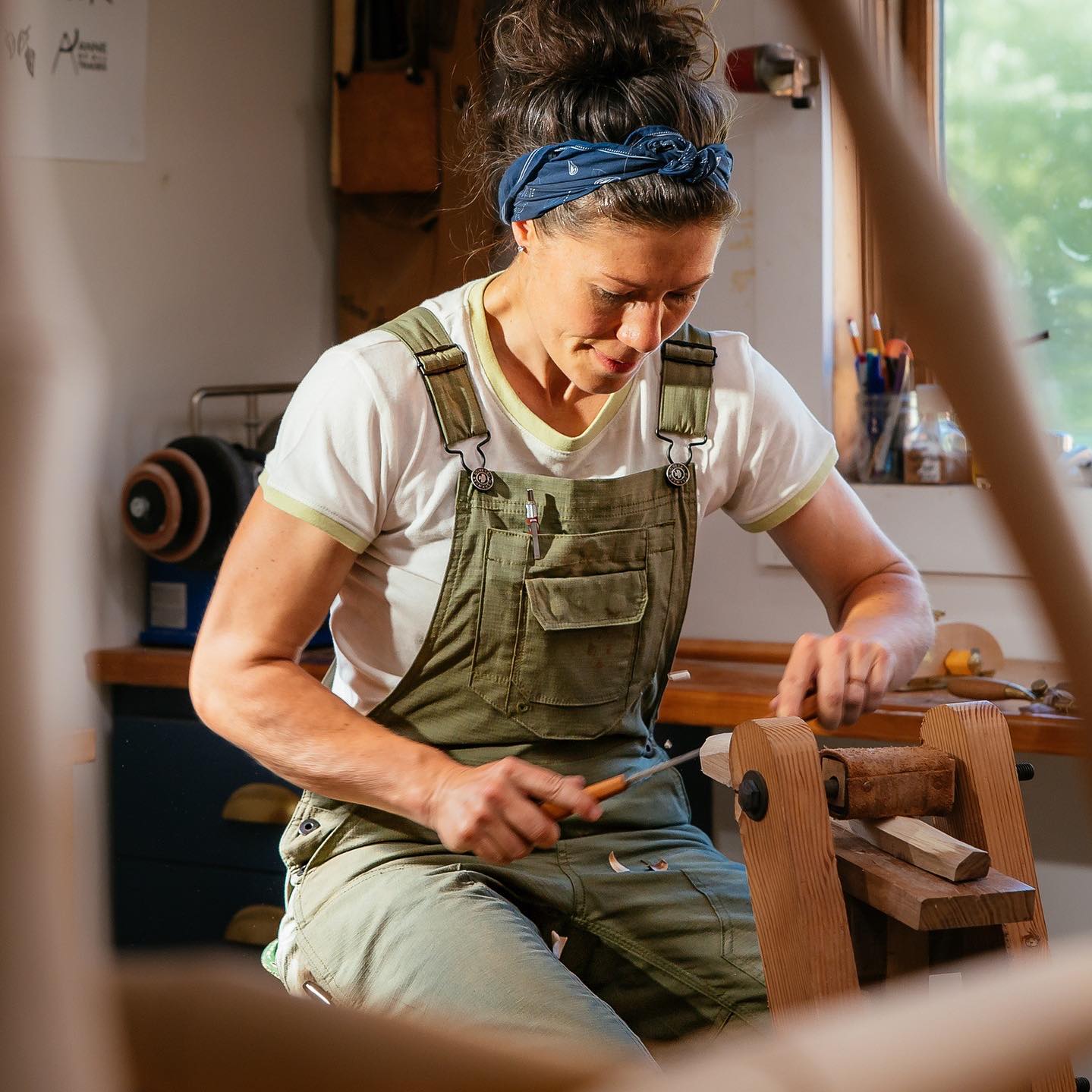
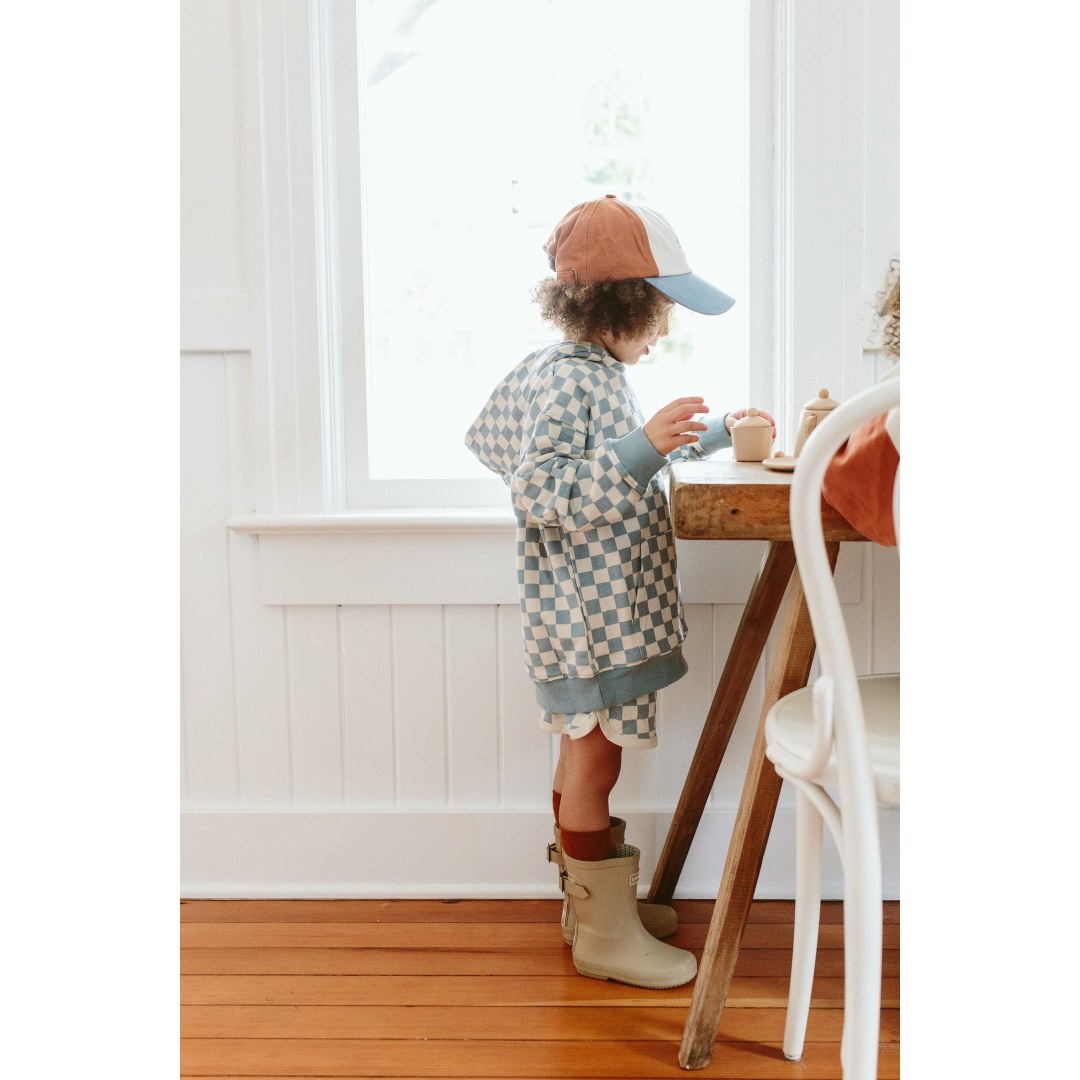
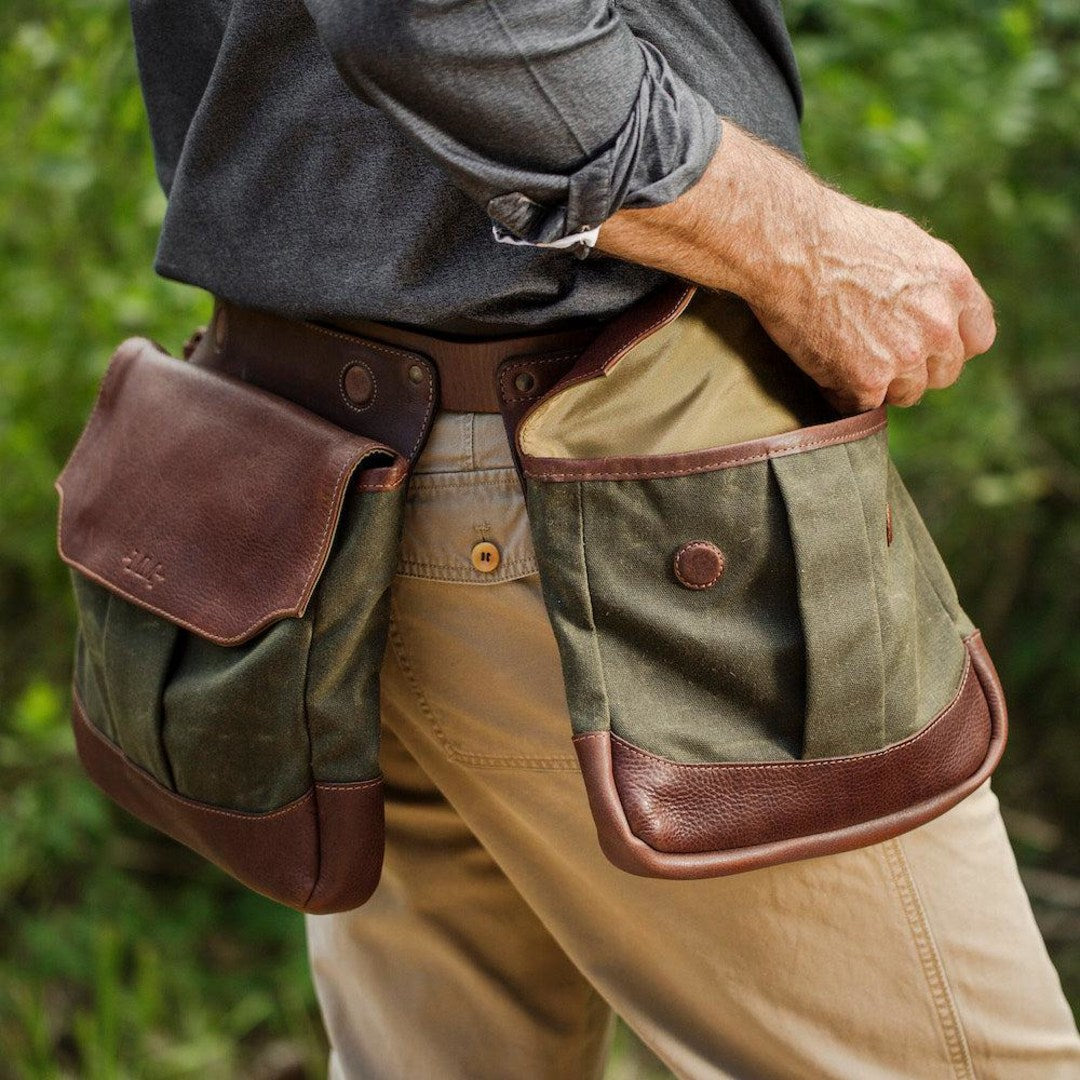
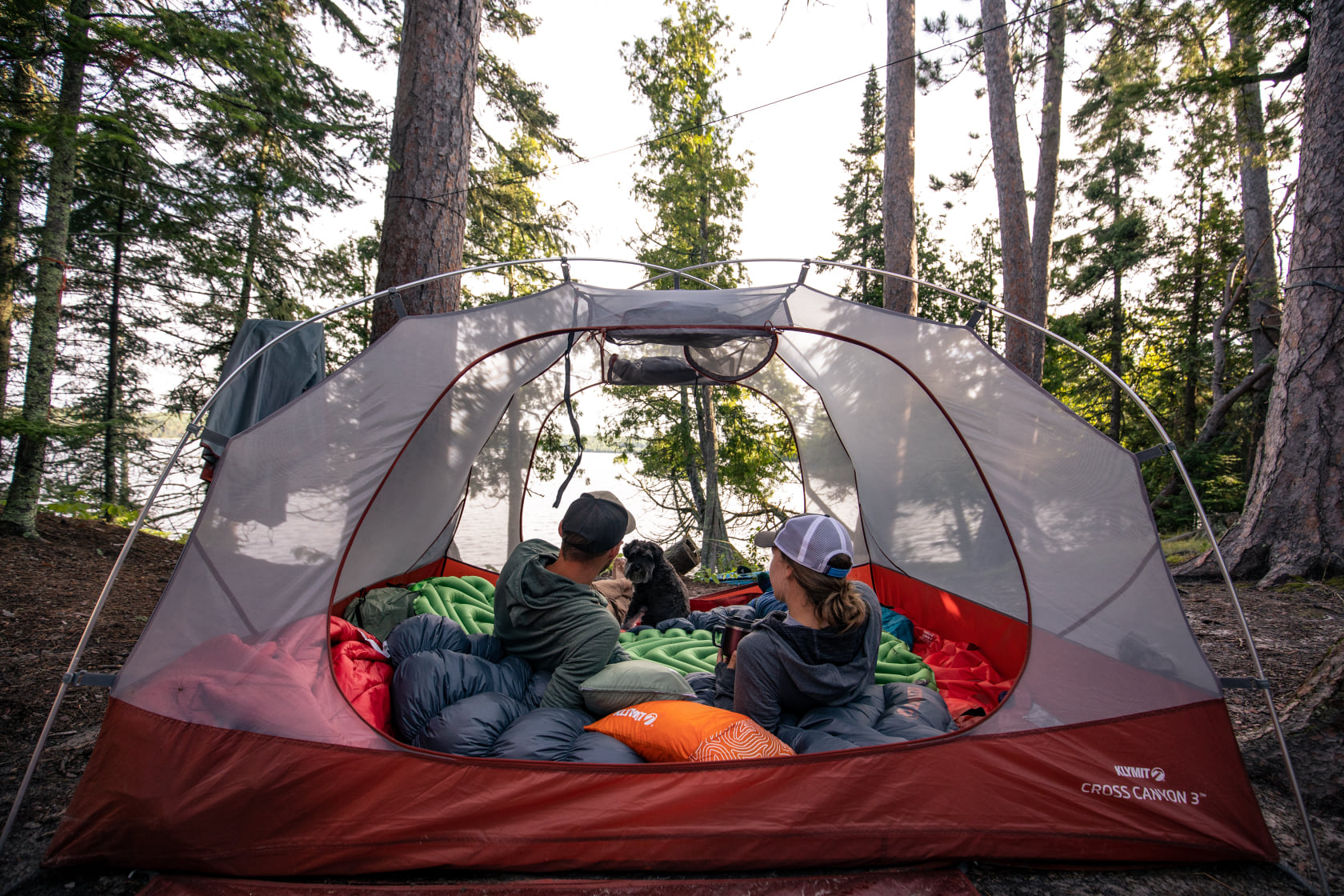

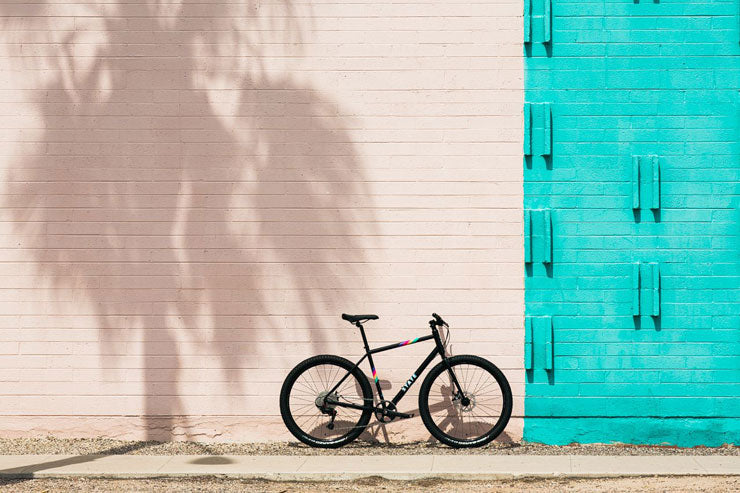


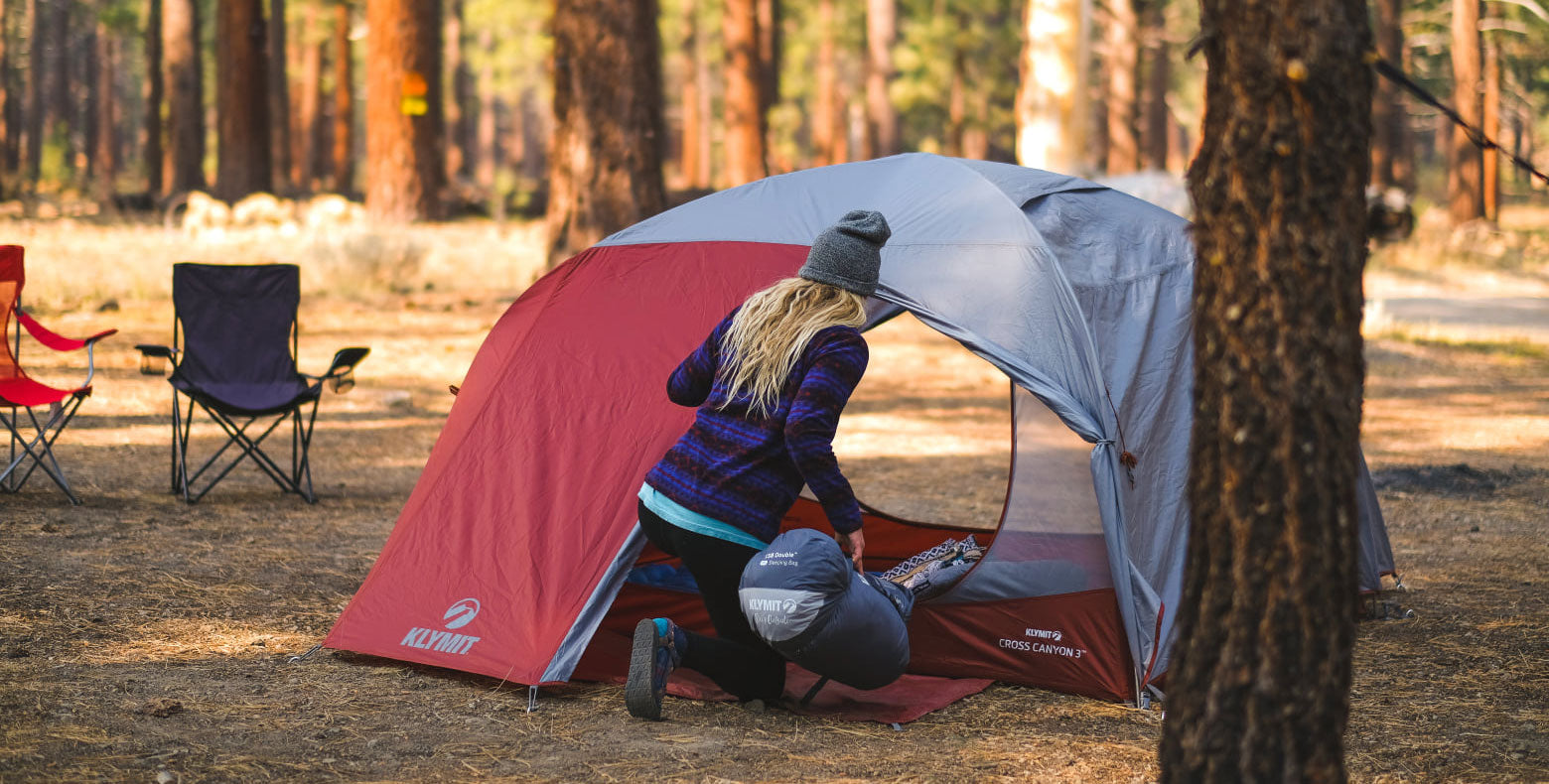
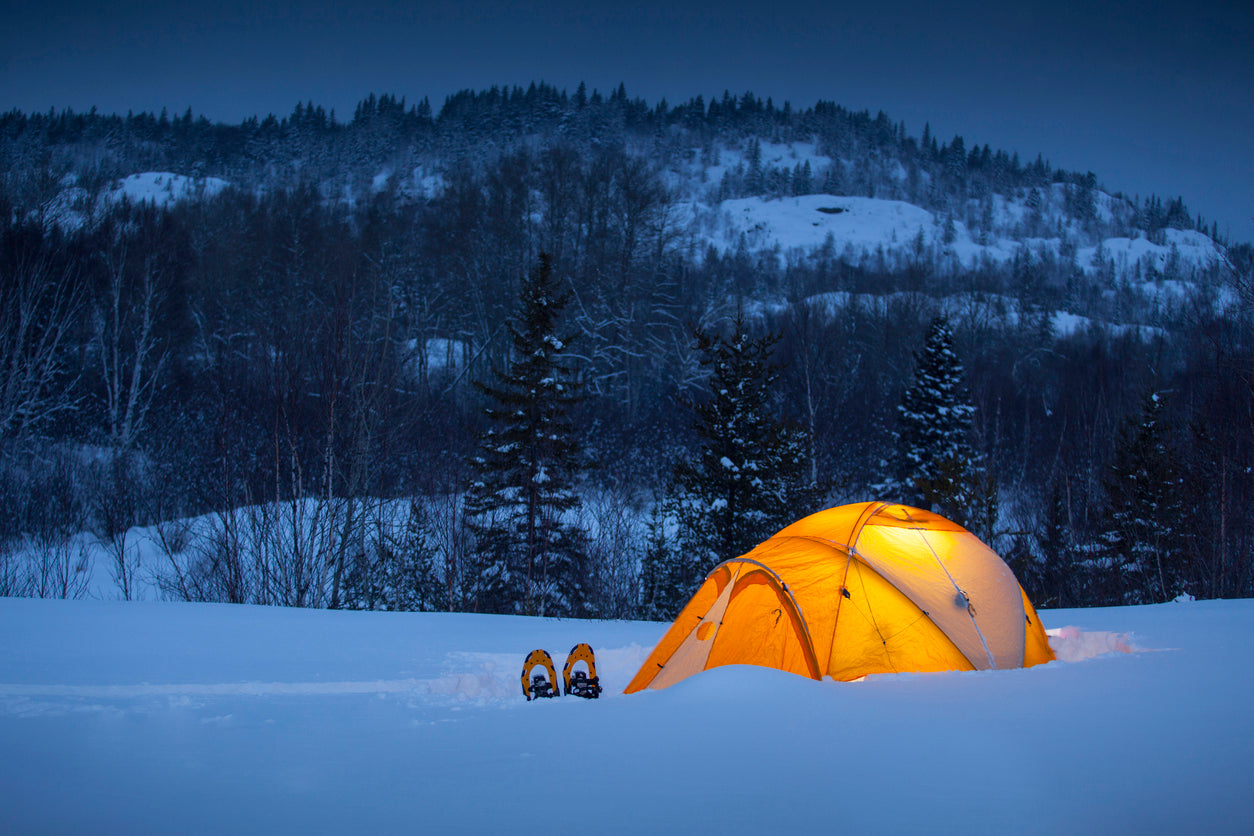
Leave a comment
This site is protected by hCaptcha and the hCaptcha Privacy Policy and Terms of Service apply.